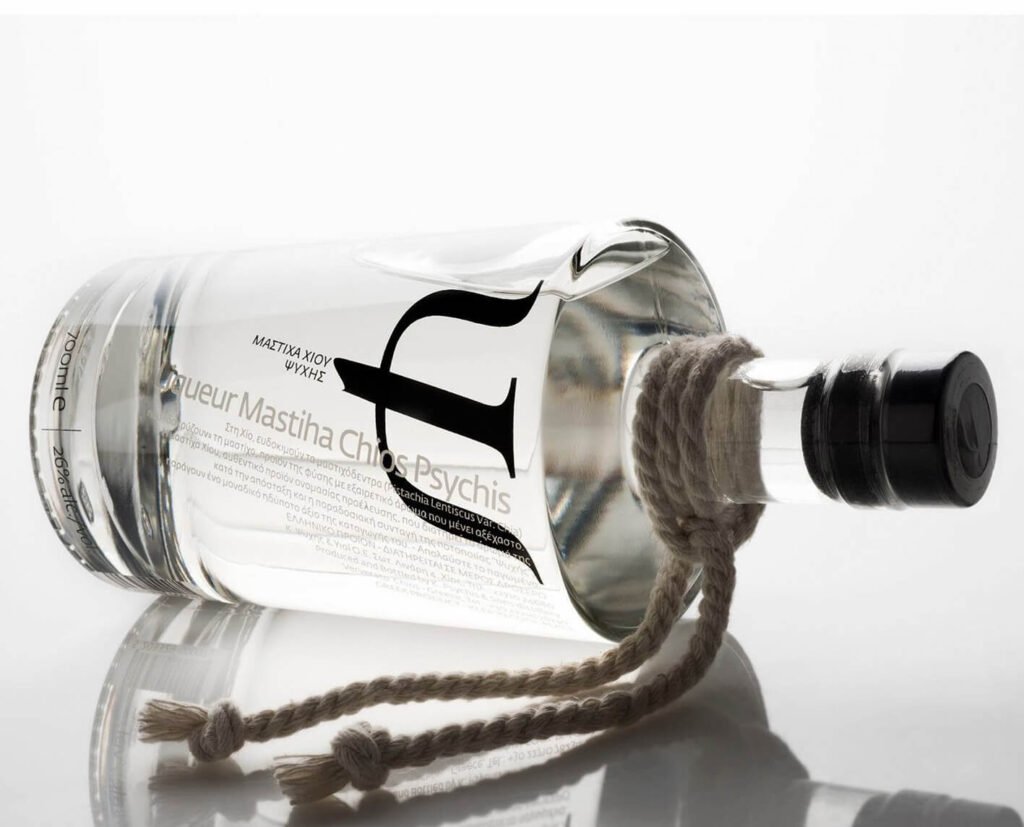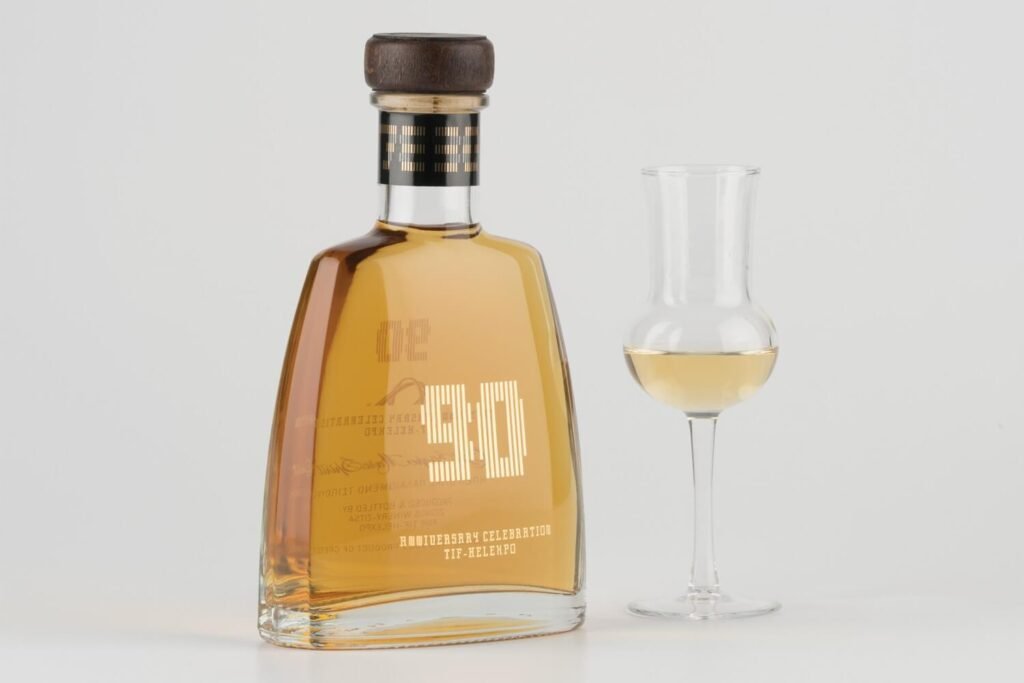As people increasingly enjoy homemade spirits, wines, and wild honey, the use of glass and plastic bottles for storage has become common. However, many individuals tend to fill their bottles to the brim, often unaware of the potential risks involved.

The Risks of Overfilling
With the arrival of summer, incidents of bottle breakage or caps exploding due to expansion become more frequent. This is particularly true for honey and spirits, as the contents can produce gases when heated. For instance, the presence of glucose in homemade alcohol or honey can lead to the production of hydrogen peroxide through the action of glucose oxidase. When exposed to high temperatures, hydrogen peroxide decomposes and releases oxygen, increasing the internal pressure within the bottle.
The Importance of Leaving Space
To prevent accidents, it’s crucial for individuals and families using bottles for honey or homemade alcohol to leave adequate headspace. Failing to do so can result in deformation of the bottle or, in extreme cases, explosions of caps or glass breakage. This risk is heightened in warm conditions, making it essential to prioritize safety by allowing some empty space in the bottle.

Conclusion
In summary, while it may be tempting to maximize storage capacity by filling bottles to the top, doing so can pose significant safety risks. By leaving appropriate headspace in glass and plastic bottles, consumers can enjoy their homemade beverages without the worry of accidents, ensuring a safer and more pleasant experience.

